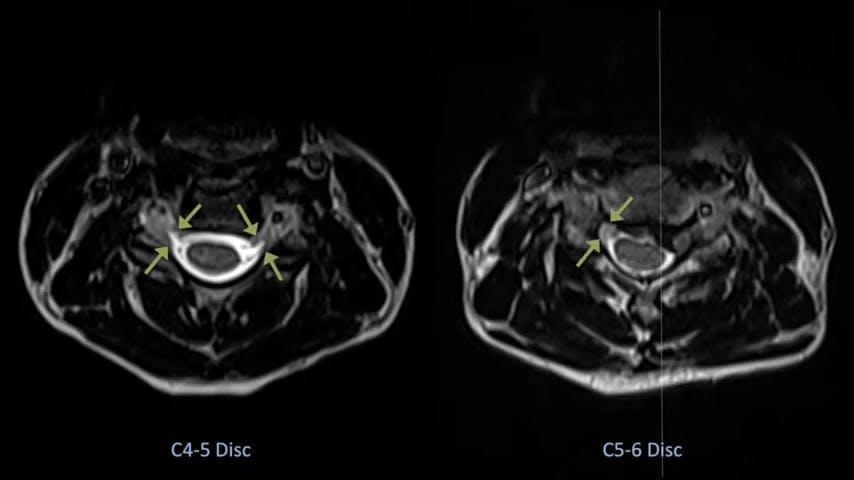NYC Mobi-C Cervical Disc


Mobi-C History
The Mobi-C cervical disc is one of the most widely used cervical discs in the world. First implanted in Orleans, France in November 2004, Mobi-C has been implanted in more than 17,000 spinal levels in 25 countries. A total of 599 patients were involved in the Mobi-C U.S. clinical trial, which represents the largest concurrent clinical trial ever conducted for cervical disc replacement.

Mobi-C – How it Works
Mobi-C contains patented Mobile Core Technology™ that allows the polyethylene core to slide and rotate inside the disc for self-adjustment to the cervical spine movements. This means that Mobi-C can react to the normal motion in the cervical spine.
Mobi-C provides bone sparing fixation without chisel cuts into the small vertebral bodies of the cervical spine, making it safe for implantation at two levels.
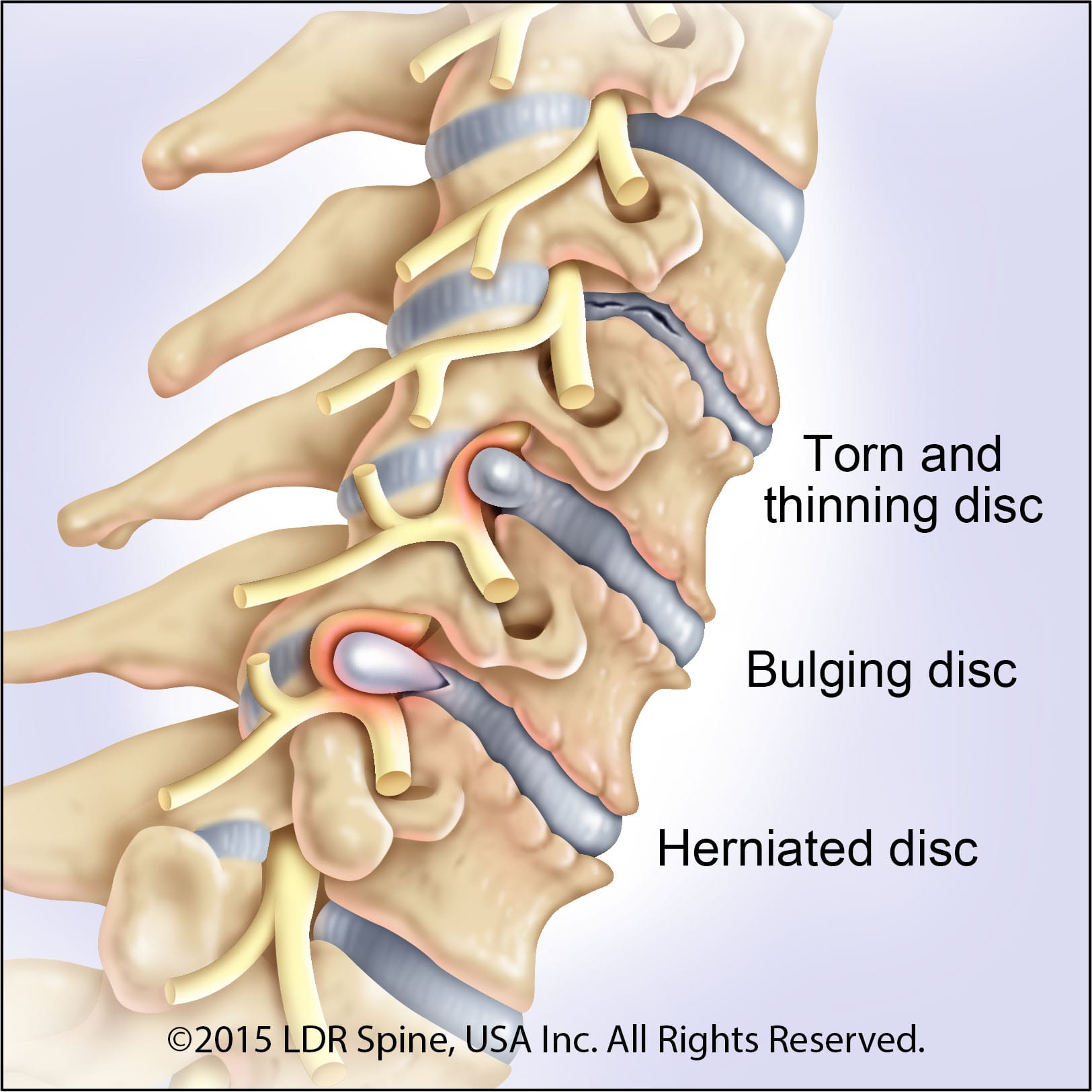
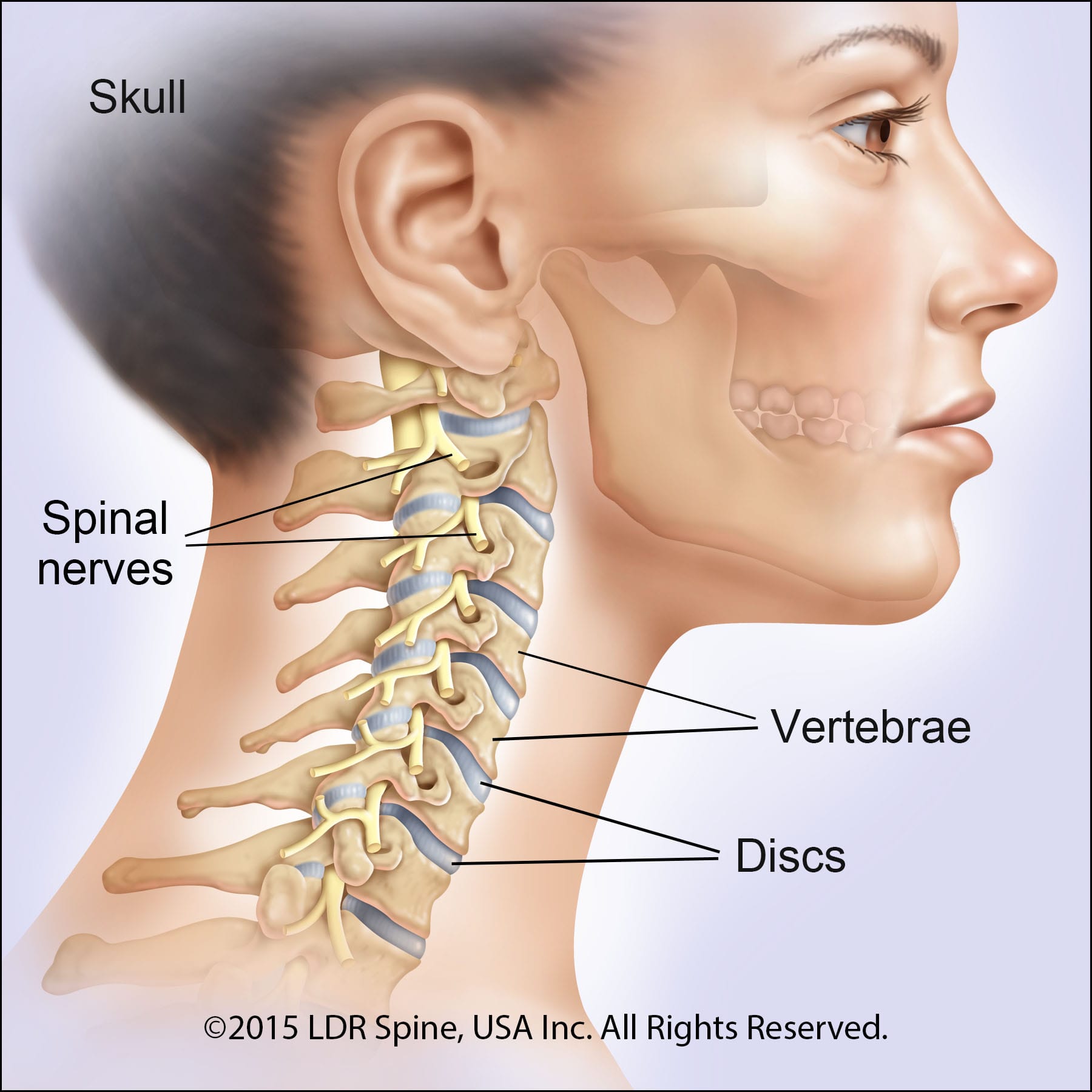
About Mobi-C Disc Replacement
Mobi-C Disc Replacement is performed under general anesthesia, usually as an outpatient procedure. The neck is cleansed and prepared for surgery. An incision is made on the left or right side of the neck. The soft tissues and muscles are gently mobilized to expose the herniated disc. Dr. Stieber uses fluoroscopy, a type of real-time x-ray during surgery to confirm the location of the disc and to guide ideal placement of the device. Pins are placed under x-ray guidance for distraction and specialized surgical instruments are used to remove the ruptured disc and any bone spurs that were causing nerve compression. He then uses a microsurgical nerve probe to confirm that the nerve roots are free from compression. Measurement tools are used to confirm the appropriate size of the replacement, confirmed with real time x-ray. The Mobi-C device is then placed utilizing dedicated instrumentation. The incision is washed out with an antibiotic solution and the tissues are allowed to fall back into place. The incision is closed with absorbable suture and a plastic surgical-type closure. A small dressing the size of a large bandaid is applied.
Read up on a real example of a disc replacement case operated on by Dr. Stieber and his team here »
Testimonials What Our Patients Are Saying
Thank you for changing my life.
Dr. Stieber! I have no words to thank you enough. Thank you for changing my life. God bless you, your hands and your family. I’m so happy God put you in my way. You are the best surgeon in the world.
Gold standard in todays medicine
Dr stieber corrected previous 2 surgeries that did not take. I had a L4-L5 fusion He is professional and listens to the patient feedback. I should have started with him from the get go – gold standard in todays medicine.
You certainly changed my life!
I wanted to personally write to you as well as Bethany, Nancy, and Jennifer, to thank you so much. Not to sound overly dramatic but living with that pain for years, then having that surgery end of Nov. and feeling like a new person- you certainly changed my life! I know I’ve said this befor...
Thank you from the bottom of my heart
Thanks to you I can lift my toddler without any issues- thank you from the bottom of my heart.
No words can covey how grateful I am
No words can covey how grateful I am for your care and expertise, but I will try. You are not just a world-class surgeon, you are a world-class human being. The level of care and professionalism from you and your staff has placed me on a faster track to recovery than I ever thought possible.
Dr Stieber fixed me from extreme pain and has such a great way about him
Dr Stieber fixed me from extreme pain and has such a great way about him. I’ve got nothing but the best to say about him and his team. I am a new person and my recovery was very quick due to his work. After 3 weeks, I was back in the gym doing light workouts. The man is great!
The man is a life saver
Dr. Stieber performed a MIS TLIF at L4 / L5 in January 2015. At a year and a half, I am pain free and doing well. The man is a life saver. I have and will continue to recommend him to anyone experiencing back pain.
I very highly recommend Dr. Stieber and his entire team
I am a 69 year old male, who up until 5 years ago, walked 3-5 miles per day. Lower back pain became such an issue that I could hardly walk 100 feet before I had to stop. After consulting with 5 different neurosurgeons, with no positive results, Dr. Stieber was referred to me by a friend. I met wi...
Dr Stieber changed my life
Dr Stieber changed my life, I went from being in constant pain to no pain at all and from being almost unable to work to working full time. The surgery was surprisingly almost painless and my recovery quick, His staff always was available to speak to me when I had questions or concerns and were v...
Dr. Stieber changed my life
I have been in pain for over a decade. I no longer am. Dr. Stieber changed my life.
I am so grateful for your help
I am so grateful for your help–I wouldn’t be progressing towards a brighter future otherwise.
Thanks for putting me back together.
Thanks for putting me back together.
Thank you for working wonders
Thank you for working wonders and giving me my mom back. I cannot thank you enough.
You operated on my spine and enabled me to walk again
You operated on my spine and enabled me to walk again — which is no small thing. I want you to know that even though a year has passed (88 in my case). I will remember you not only as a fine surgeon but as an impeccable dresser and a real nice guy.
This is to express my sincere gratitude to you.
This is to express my sincere gratitude to you. May the good Lord richly bless you for the wonderful thing you have done for me. May you live long so that you help others as well.
Your extraordinary skill as a spine surgeon
From your ability to communicate complicated MRI images and medical jargon in a way that made perfect sense to me, to your honesty and candid demeanor, to your ability to empathize, and obviously your extraordinary skill as a spine surgeon…
I thank God and you
This time last year I was in so much pain I could not enjoy the holidays with my family. You have changed that for me this year. Thank you is not enough. When I walk down the street and I realize I have walked more than two blocks without pain, I thank God and you, I feel great, you are the BEST!...
I thank you with all my heart
I thank you with all my heart and my family’s too. If it wasn’t for your wonderful gift of your hands I would not be walking today.
Now I can begin to live again
You identified my condition, arrived at a solution… and most importantly repaired my lower spine. Every morning when I arise pain free, know that I am so very grateful to you and your skillful hands. Thank you for restoring my health. Now I can begin to live again.
It has changed my life
I have been sciatica free for almost 7 months. I can stand without having to sit right away. It has changed my life.
You all have demonstrated the true meaning of PATIENT CARE.
I would like to take this time to truly thank you for the hard work and dedication in helping me reach some semblance of normalcy. No words can express how grateful I am. You all have demonstrated the true meaning of PATIENT CARE.
Dr. Stieber and his entire staff are the best.
Dr. Stieber and his entire staff are the best. From scheduling, appointments, surgery and post op, they are top notch. Doctor Stieber is a very smart and a highly skilled surgeon.
I’m living a new life after the surgery.
I’m living a new life after the surgery. The whole team was impressive. Very responsive, clear and supportive.
Always trust a surgeon with great hair.
Incredible team from the desk, techs, PA to the magical hands of the surgeon. Always trust a surgeon with great hair.
That was on the mark!
Dr Stieber performed a discectomy on a Tuesday. I was able to go back to the office the next day. i was told the pain would be reduced at least 95%. That was on the mark!
For all of this I am truly grateful to you.
The manner in which you diagnosed my orthopedic problem compelled to write to you. When I came to your office on 11/19/20 after an exhaustive search for an accurate diagnosis, I had previously received three contradictory evaluations and various treatments and yet continued to experience progress...
I wanted to reach out to express my thanks to you for the past few years.
I wanted to reach out to express my thanks to you for the past few years. You performed an L5-S1 decompression and revision on me in 2019 and 2021, when I was in medical school.
I was able to successfully complete my training, and am slated to begin neurosurgery residency at the Cleveland ...
Thank you for taking great care of me!
My deepest gratitude for everything
My deepest gratitude for everything you did to ensure I received the surgery needed, as quickly as possible; and by the best in the business.
How grateful I am to you for giving my life back
Thank you just doesn't seem to express how grateful I am to you for giving me my life back.

Featured Video Mobi-C Disc Replacement Recovery
After surgery, the patient is moved into the recovery area. During your Mobi-C disc replacement recovery, nurses and other members of the medical team closely monitor the patient’s vital signs – pulse, respiration, blood pressure, and pain. Some post-operative pain should be expected and patients receive pain medication either through their IV (intravenous line) or by mouth. A post-operative cervical brace may be prescribed to wear for a period after surgery to help immobilize and support the neck while healing.
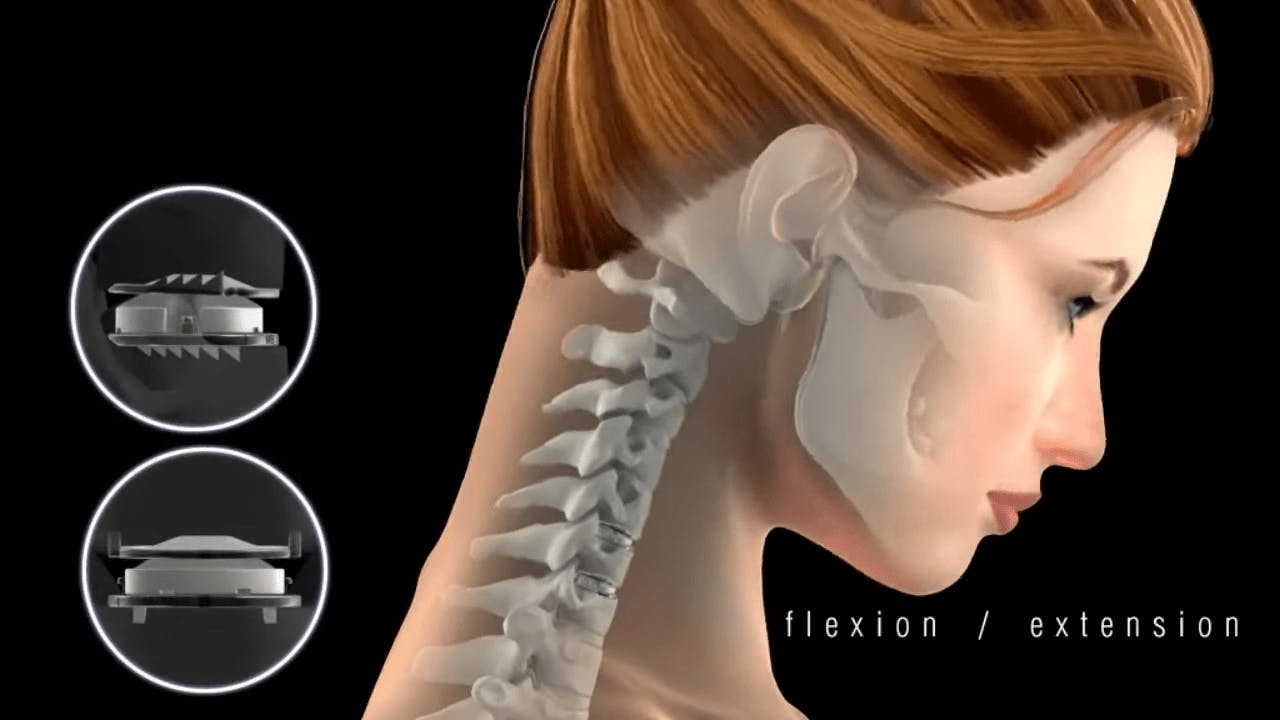
After Care at Home
Dr. Stieber provides disc replacement patients with information about what to expect and self-care after hospital discharge. This information includes instructions to control pain, medications, diet and managing constipation, bathing and incision care, activity restrictions, and the surgical follow-up appointments. As always, Dr. Stieber and his staff welcome questions and ensure that all patient concerns are thoroughly addressed.
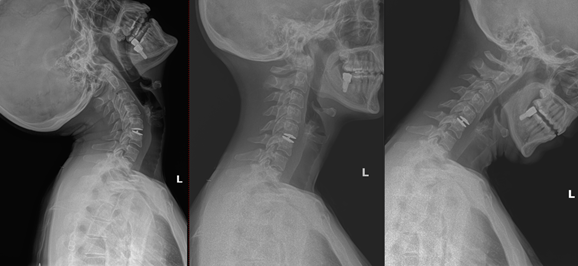
Post-operative X-rays Showing Motion Preservation
